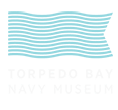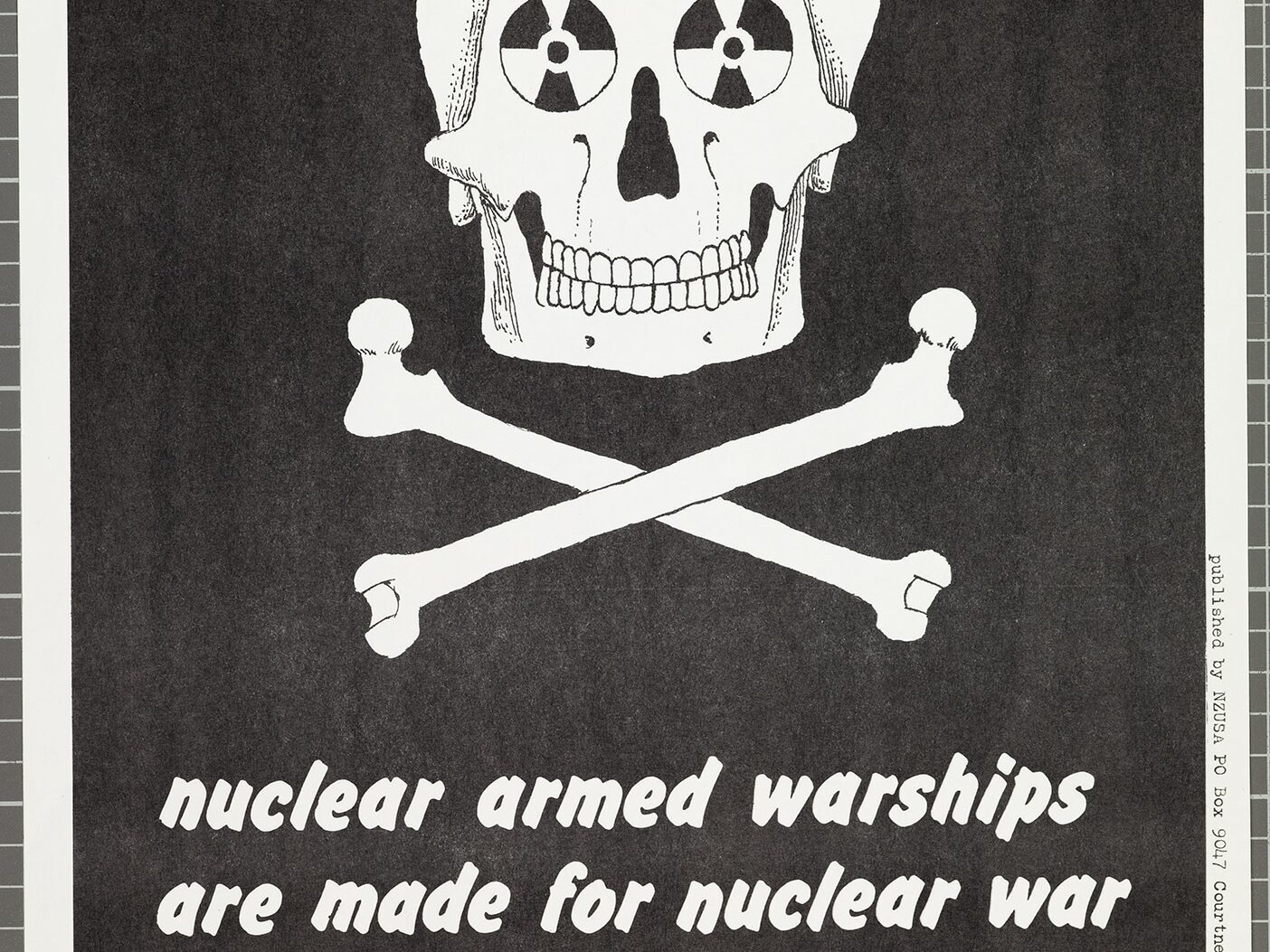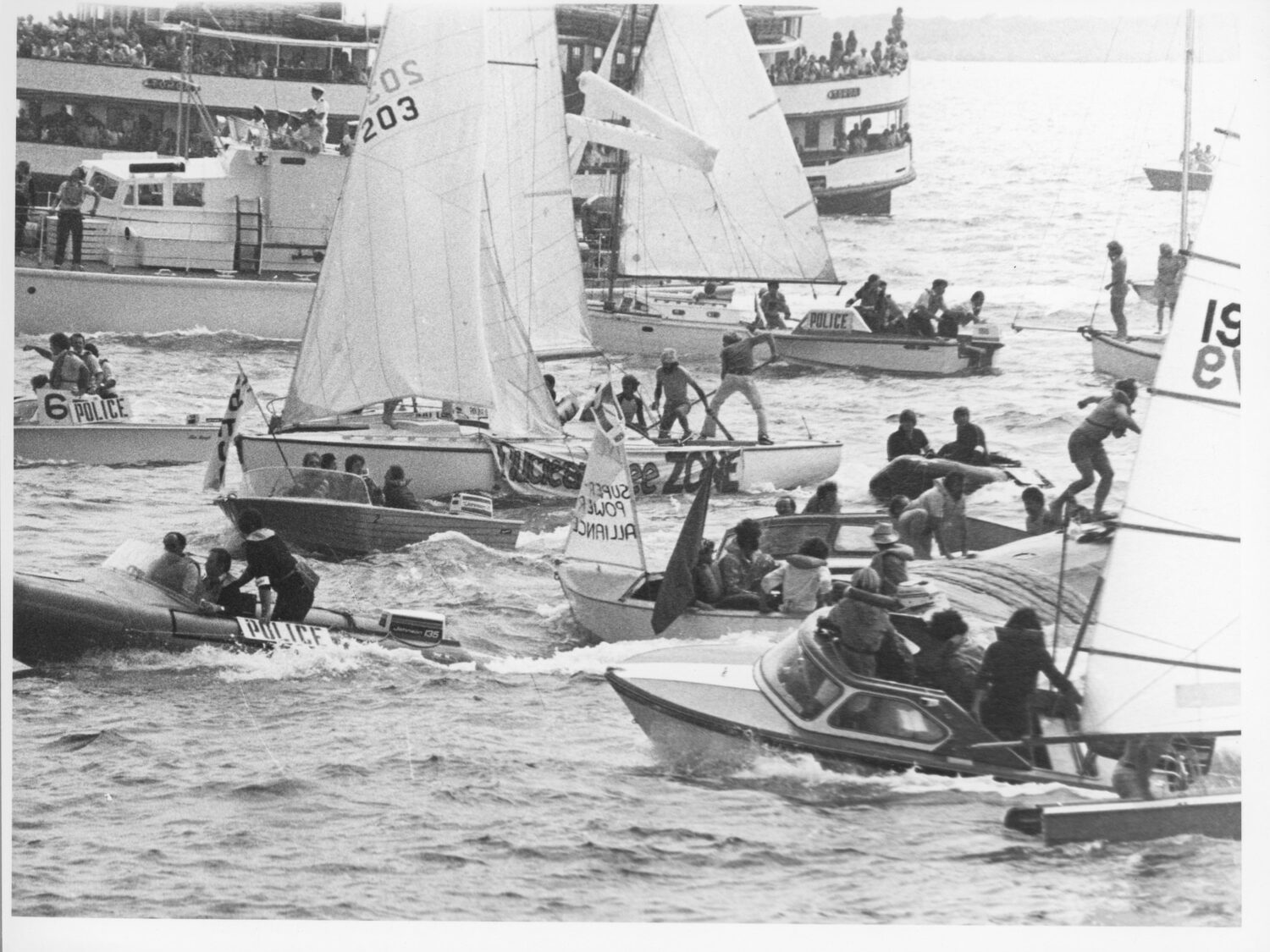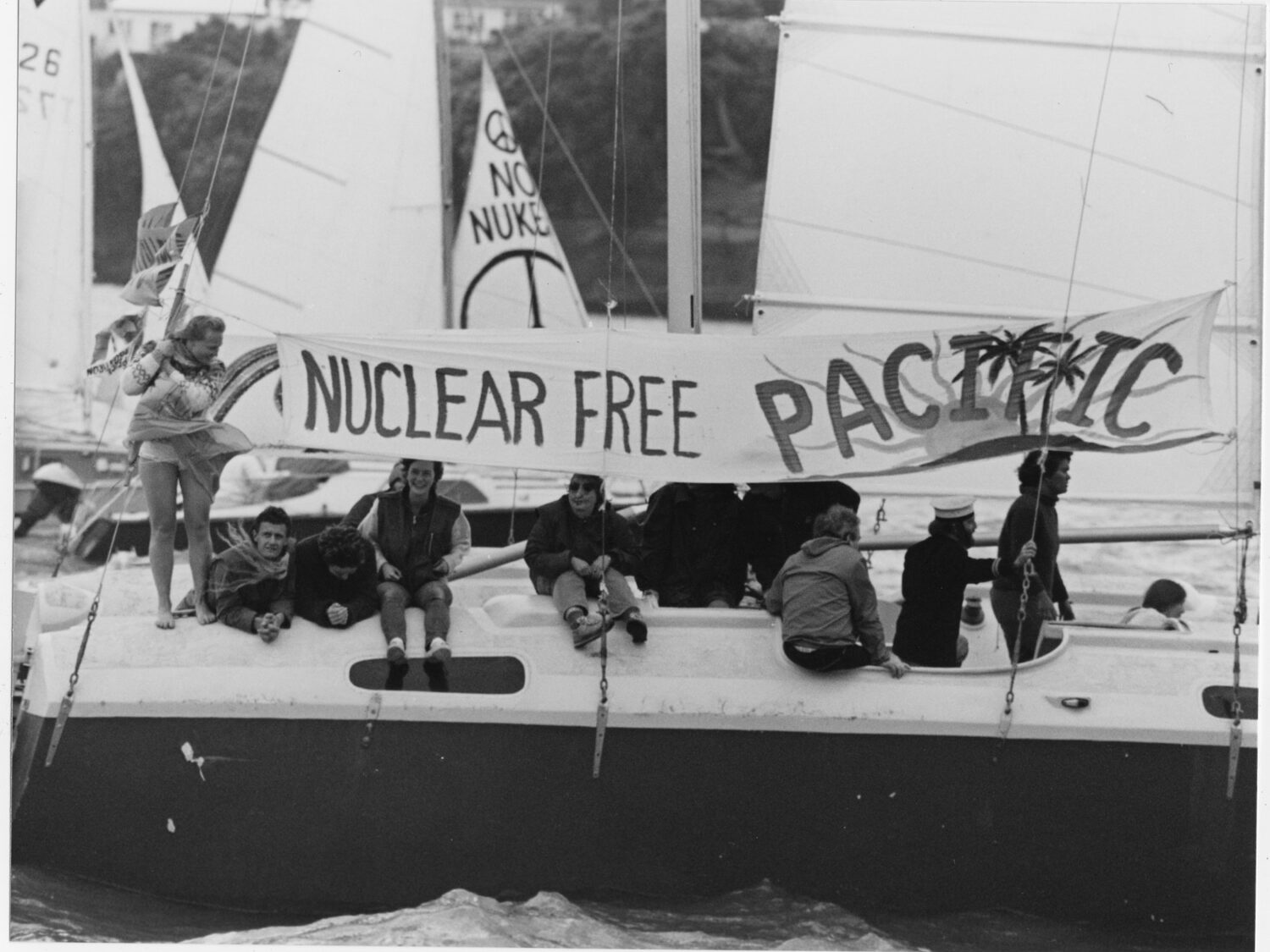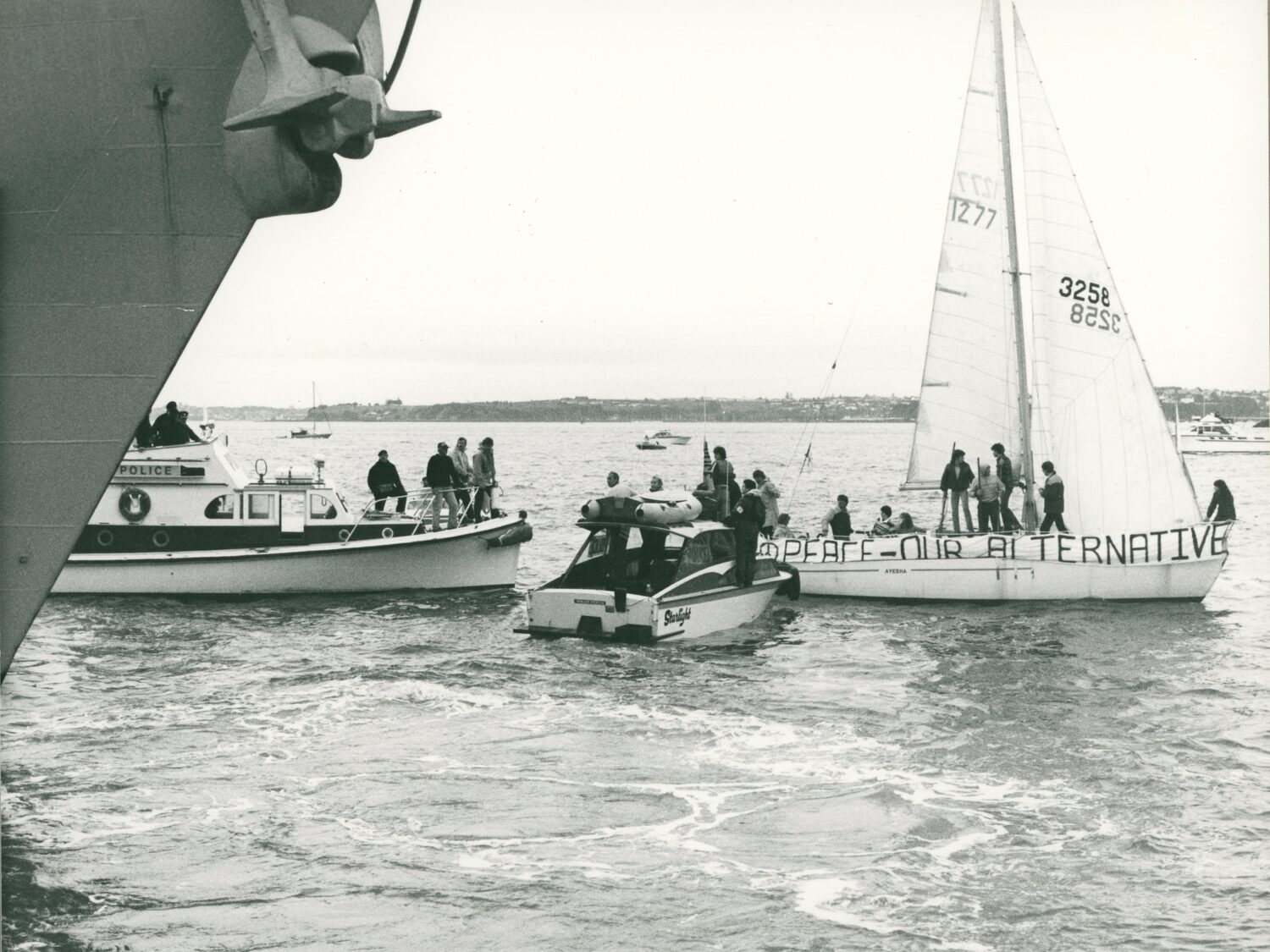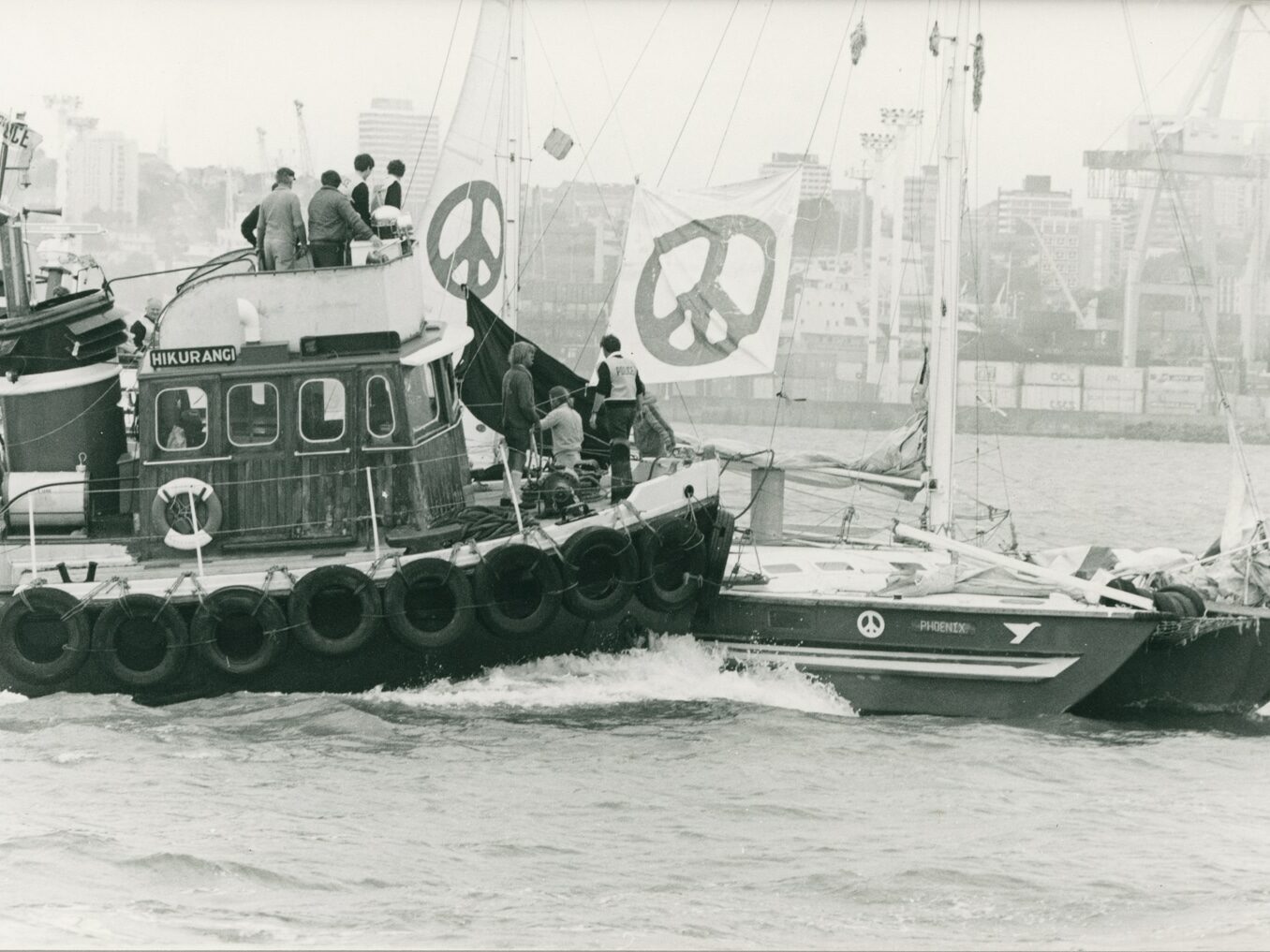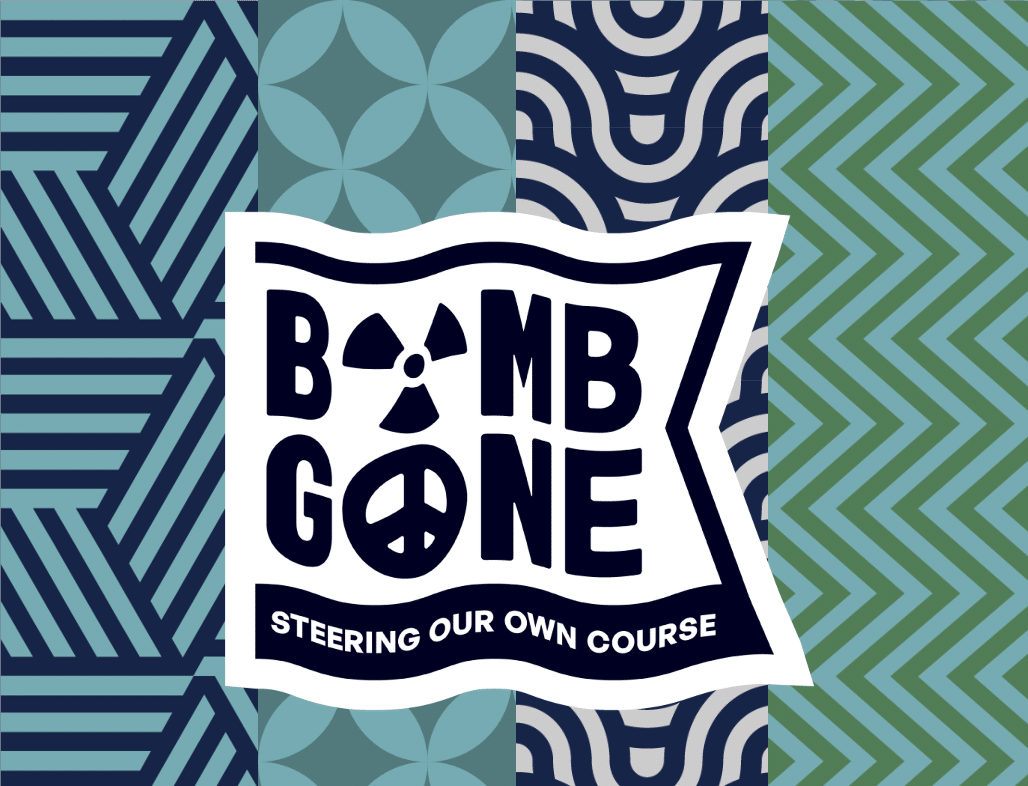The New Zealand government valued its relationship with the United States and strove to maintain it through most of this time period. As a result, the government was happy for nuclear-powered US ships to visit NZ shores. This sparked resistance from many New Zealanders and there were ongoing protests, as early as 1976 when USS Truxtun and Long Beach visited. The New Zealand Navy found itself in the position of having to both protect the passage of any US ship coming into New Zealand waters while at the same time manage the safety of protesters on the water.
NZ–US naval relations were friendly and cooperative. When a New Zealand naval vessel was in a foreign port, such as Pearl Harbor, for training, senior officers from both navies met with each other. They attended lunches, dinners, and other events. Politicans sometimes attended such events also.
In 1984, the incoming government of New Zealand had a strong anti-nuclear stance. It questioned whether US naval ships were nuclear armed as well as nuclear powered. Ultimately, there would be a rift in the ANZUS agreement when the US refused to either confirm or deny this information. New Zealand naval training opportunities both with Canada and the US would suddenly be lost and NZ–US relations would reach a low point.
Explore the resources on this website to learn more about what happened during this time period.
